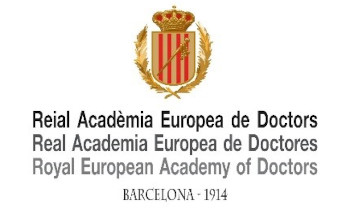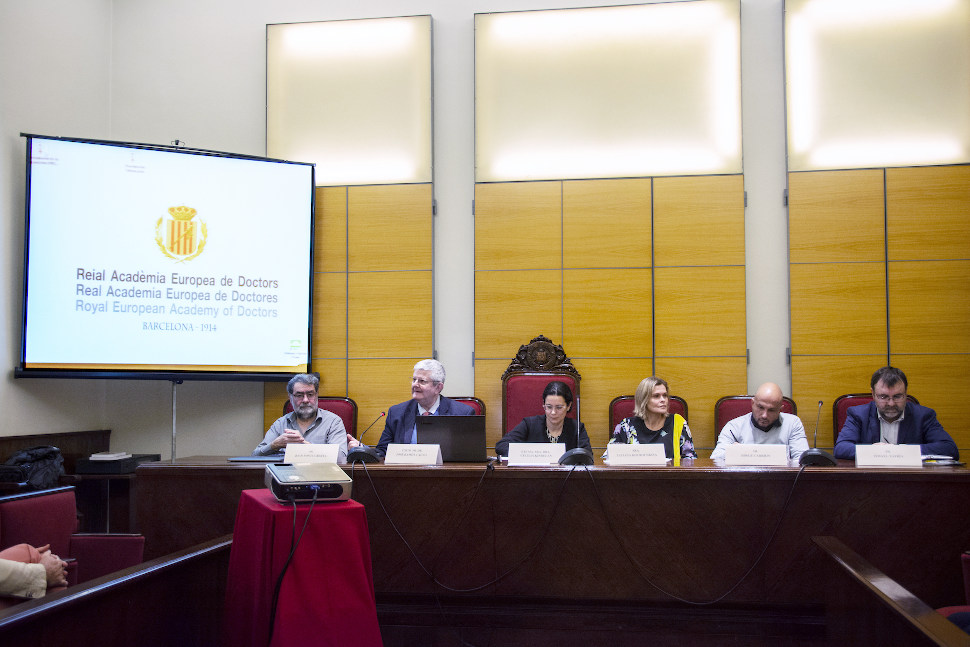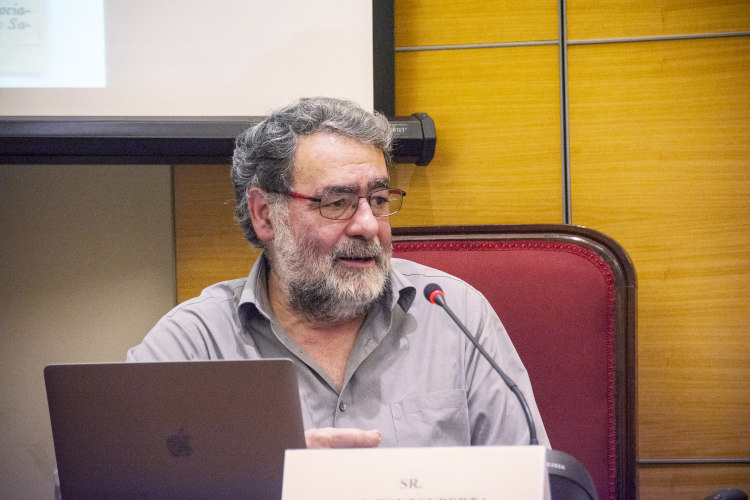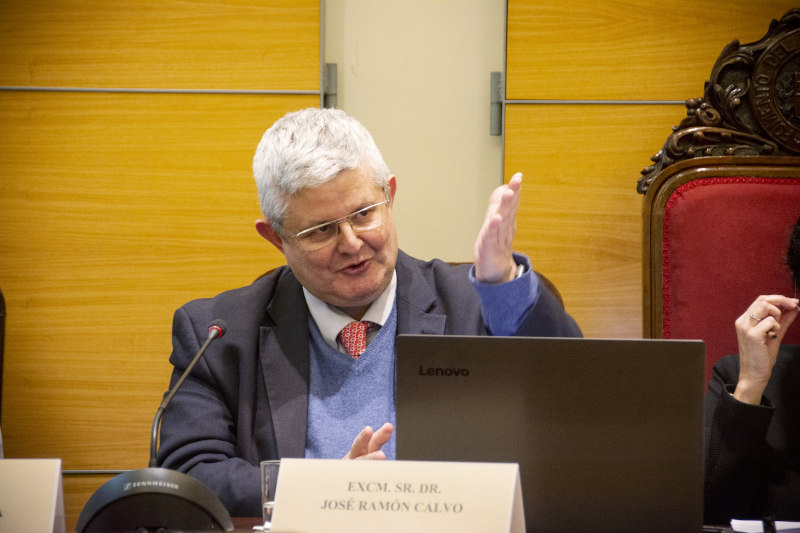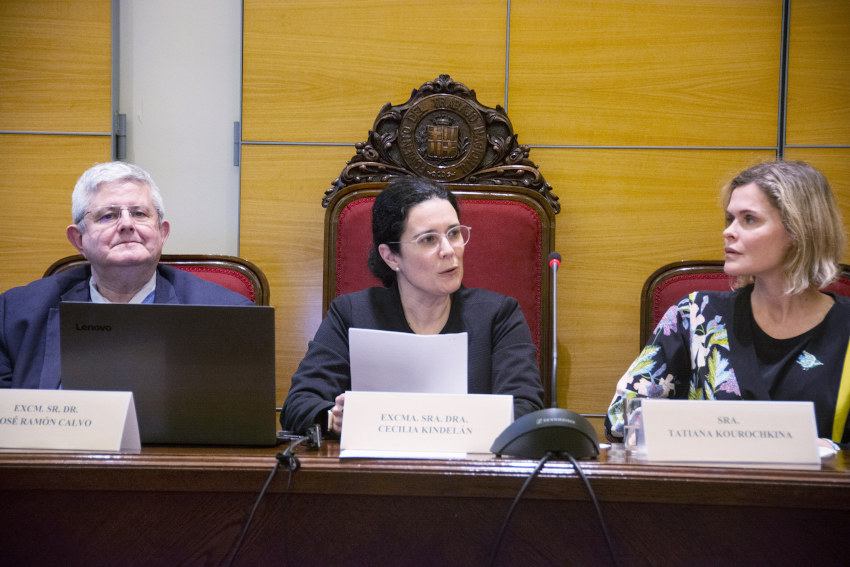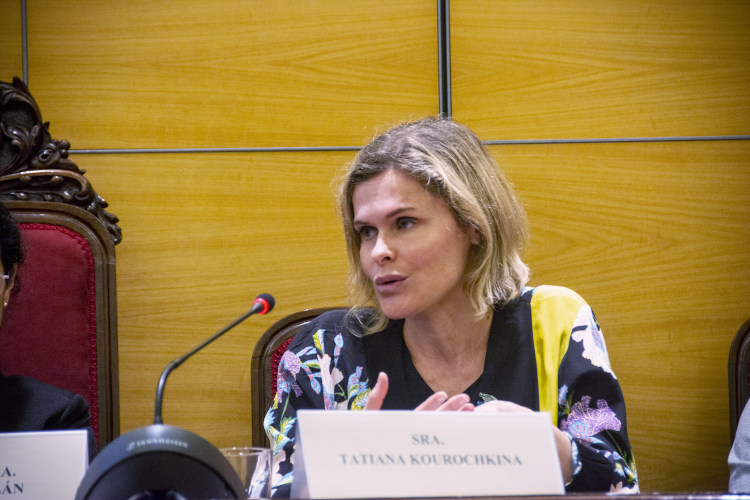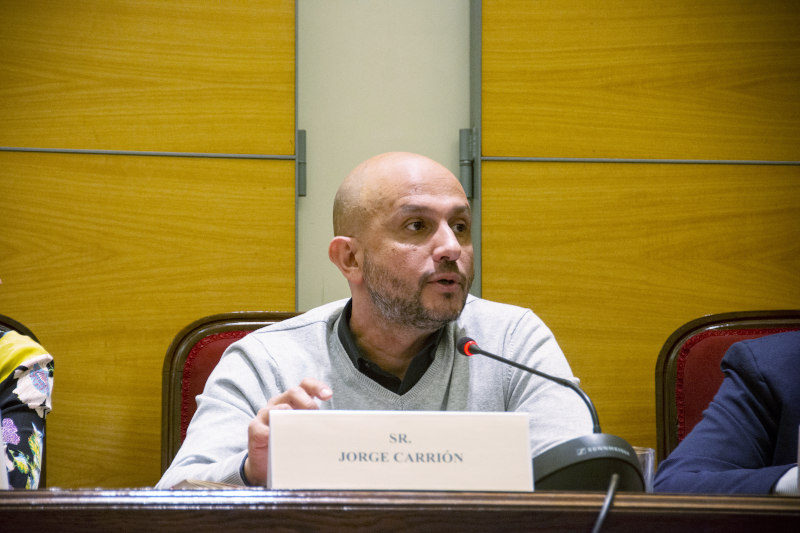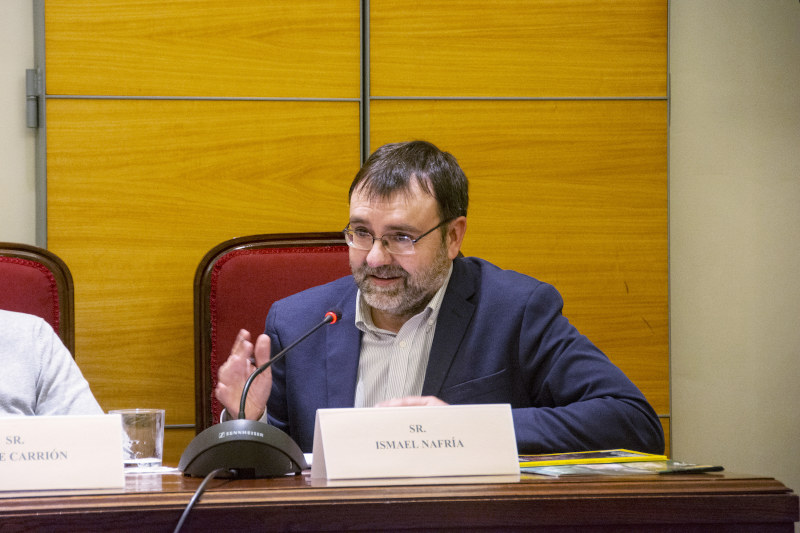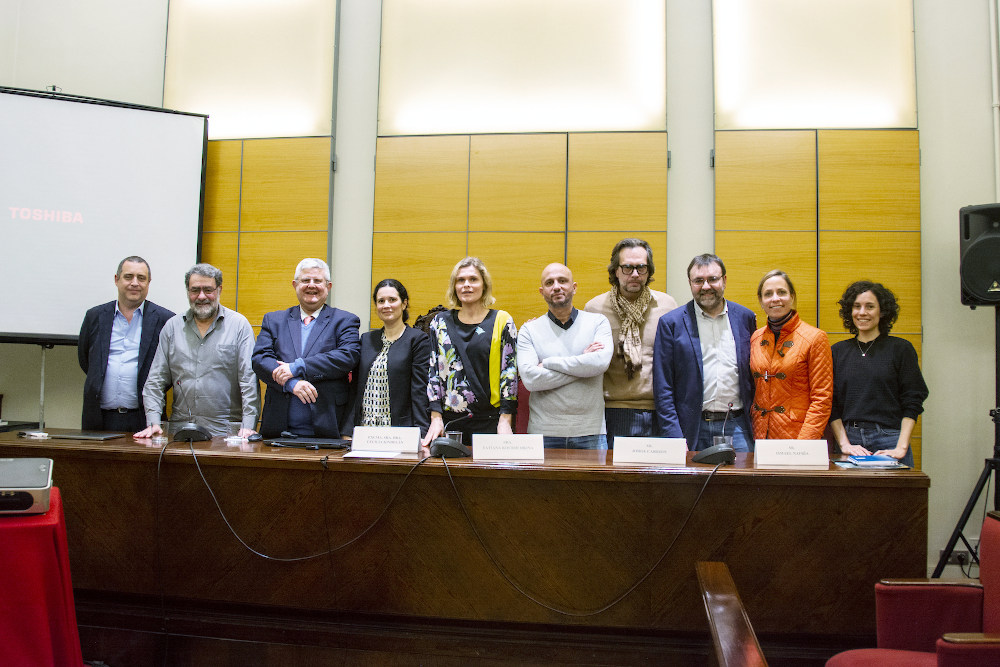Brief summary of the event
- Joan Fontcuberta (artist and participant of the expedition)
- Jorge Carrión (writer and participant of the expedition)
- Tatiana Kourochkina (director of Quo Artis)
- Ismael Nafría (director of the National Geographic magazine Spain)
- José Ramón Calvo Fernández (President of the RAED Institute for International Cooperation)
Moderator: Cecilia Kindelán – Teacher and Journalist
Inspired by the relevance of the Galapagos Islands – and with the support of the Royal European Academy of Doctors-Barcelona 1914 (RAED) – the Quo Artis Foundation organizes Galapagos Art, Science & Sustainability Journey, an expedition and an ideas laboratory, where artists and scientists will reflect on the future of humanity and non-human species through a series of artistic projects and a cycle of debates. The expedition, which will take place from September 16 to 27, 2020, will be a unique experience that continues with the mission of Quo Artis to encourage interdisciplinary and innovative projects.
Within this framework, on January 14, 2020 at 7:00 p.m., the foundation and the RAED organize a round table that aims to reflect on the relationships between art and science, the climatic emergency and the transformative power of artists and scientists working on jointly.
Venue: Assembly Hall of Fomento del Trabajo Nacional building – Via Laietana, 32, Pral, Barcelona
Event date: 14.01.2020
Time: 7 p.m.
The Royal Academy organizes the Art and Science Journey within the framework of its Scientific Expedition to the Galapagos Islands
The Royal European Academy of Doctors-Barcelona 1914 (RAED) held on January 14 at its headquarters in Barcelona together with the Quo Artis Foundation and the support of the Pro Royal European Academy of Doctors Foundation the Art and Science Journey under the title “Galapagos: a journey through art, science and sustainability in the world. Artists and scientists address climate change”. It was a round table in which academics and artists from these two institutions reflected on the relationships between art and science, the climate emergency and the transforming power of artists and scientists working together. The initiative is part of the activities prior to the Scientific Expedition that the Royal Academy and Quo Artis will carry out next September together with National Geographic in the Galapagos Islands.
The event was moderated by the journalist and researcher Cecilia Kindelán, a member of the Institute of International Relations of the RAED, and was attended by the renowned photographer and plastic artist Joan Fontcuberta, participant in the expedition; the writer Jorge Carrión, an expeditionary; the cultural promoter Tatiana Kourochkina, director of Quo Artis; the journalist Ismael Nafría, director of the magazine “National Geographic Spain“, and the academic of number and president of the Institute of International Relations of the RAED José Ramón Calvo, participant and promoter of the expedition.
Kindelán highlighted the environmental and historical relevance and as a great laboratory of biodiversity that are the Galapagos Islands and pointed out that the RAED expedition to this archipelago “aims to be a laboratory of ideas, where artists and scientists will reflect on the future of humanity and of non-human species and on the relationship between art and science. There will be discussions with leading scientists who participate on current issues such as the climate emergency, the great challenges that the islands have to survive and that can be extrapolated to other points of the globe, including our Mediterranean. And there you will see the transformative power that artists and scientists have working together to sensitize society and make a call to attention to a world that sometimes seems to not realize the importance of what we are playing”.
Calvo made a detailed presentation on the choice of Galapagos as the destination of this first RAED expedition and pointed out the four major problems that the islands face, some of which are also common with our closest environment. Starting with overpopulation, since the islands have gone from having barely 1,500 inhabitants in 1950 to over 30,000 today, which means that in any of the three inhabited islands the population density exceeds that of cities such as Calcutta in India. Another problem is that of the colonization of invasive species, which are altering a protected ecosystem, as is also that of illegal fishing. Entire fleets from other countries are placing factory ships at the limits of territorial waters and sometimes invading them, decimating schools of fish and affecting the survival of a very fragile ecosystem. Finally, the academic also highlighted the invasion of plastics.
Kourochkina highlighted how through a large exhibition with works made or inspired by the trip, the general public can be sensitized to these problems, as Quo Artis already did in a previous expedition to Antarctica. The director of this artistic foundation explained that various studies show that the sum of artistic and scientific thinking about the same idea multiplies by 49 its impact when complementing each other. For his part, the travel writer and novelist Jorge Carrión raised his role as a chronicler of the expedition, combining arguments from the sciences and the humanities to construct an artistic and scientific story. He spoke of various authors who, together with Charles Darwin, have had the Galapagos as a model and argument.
Joan Fontcuberta, one of the most successful Spanish photographers, presented his proposals to better understand the image and nature through a series of pedagogical compositions that he illustrated with numerous examples. Your goal will be to persuade with the image about the importance of preserving the planet. Ismael Nafría, for his part, spoke of the importance of a magazine such as the one he directs to spread knowledge and sensitize readers to understand the risks the planet is going through.
